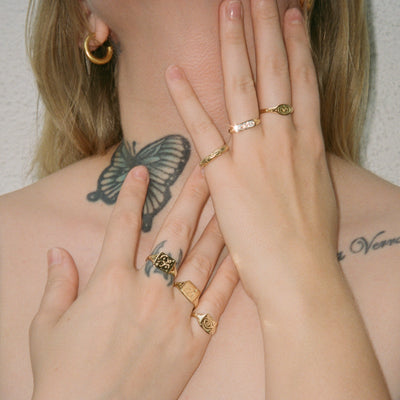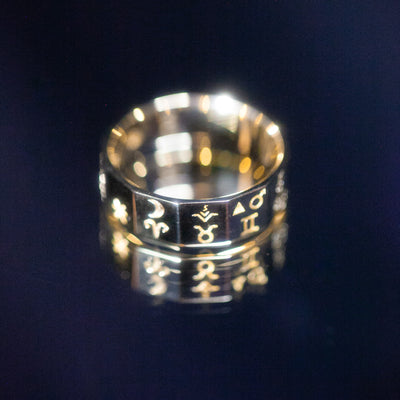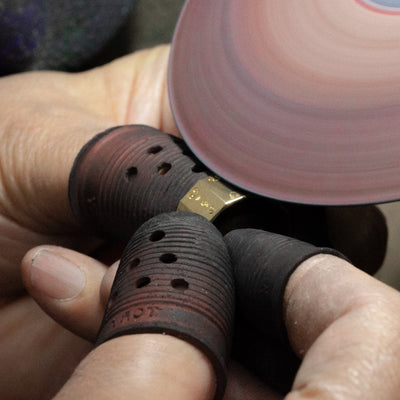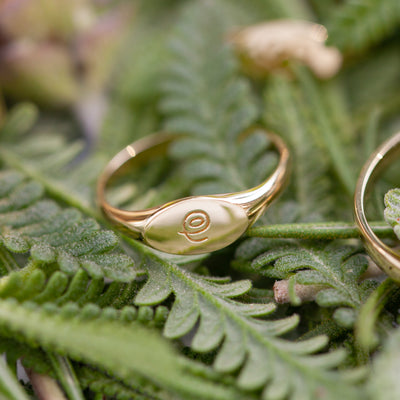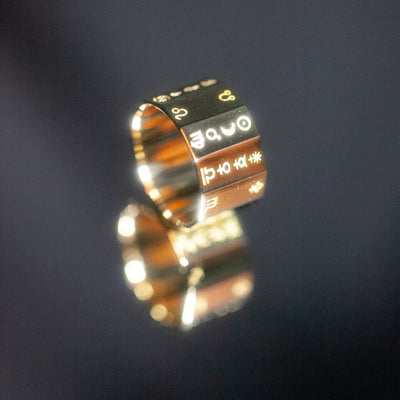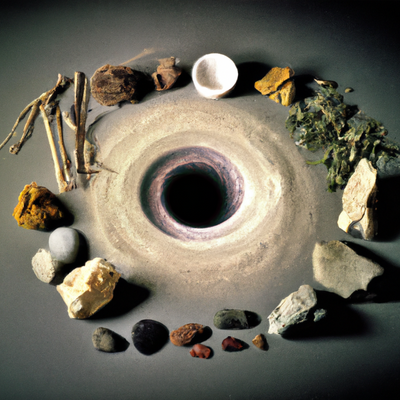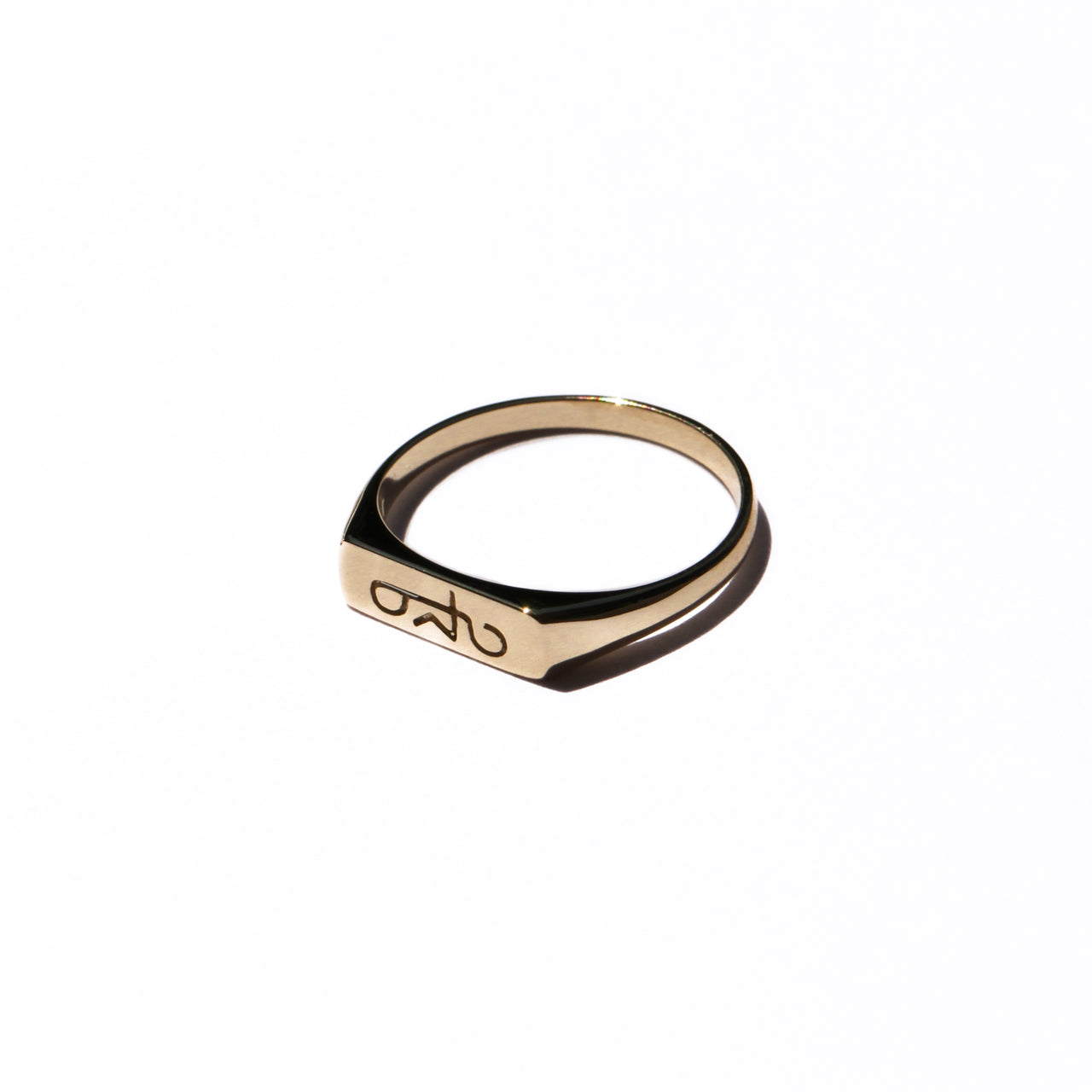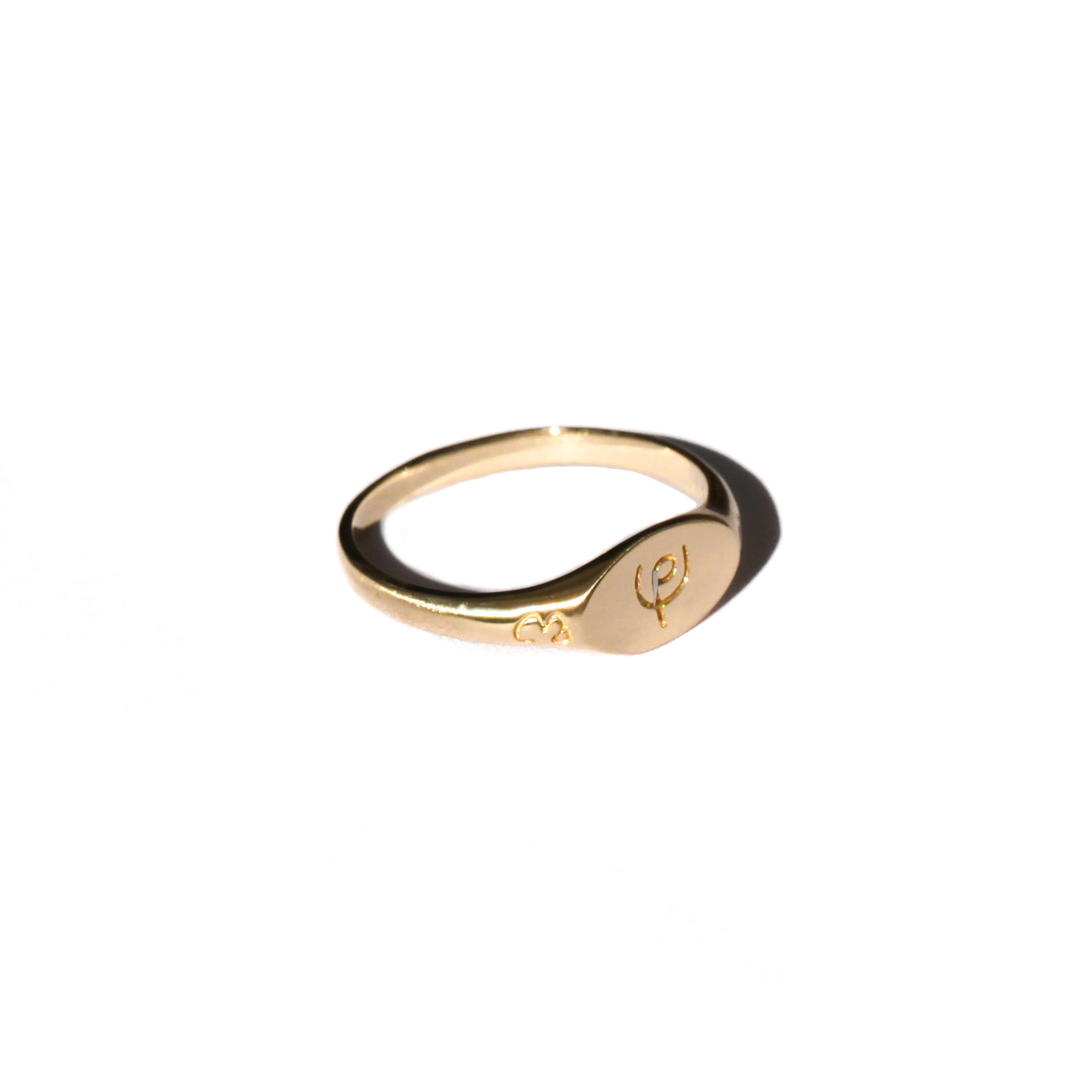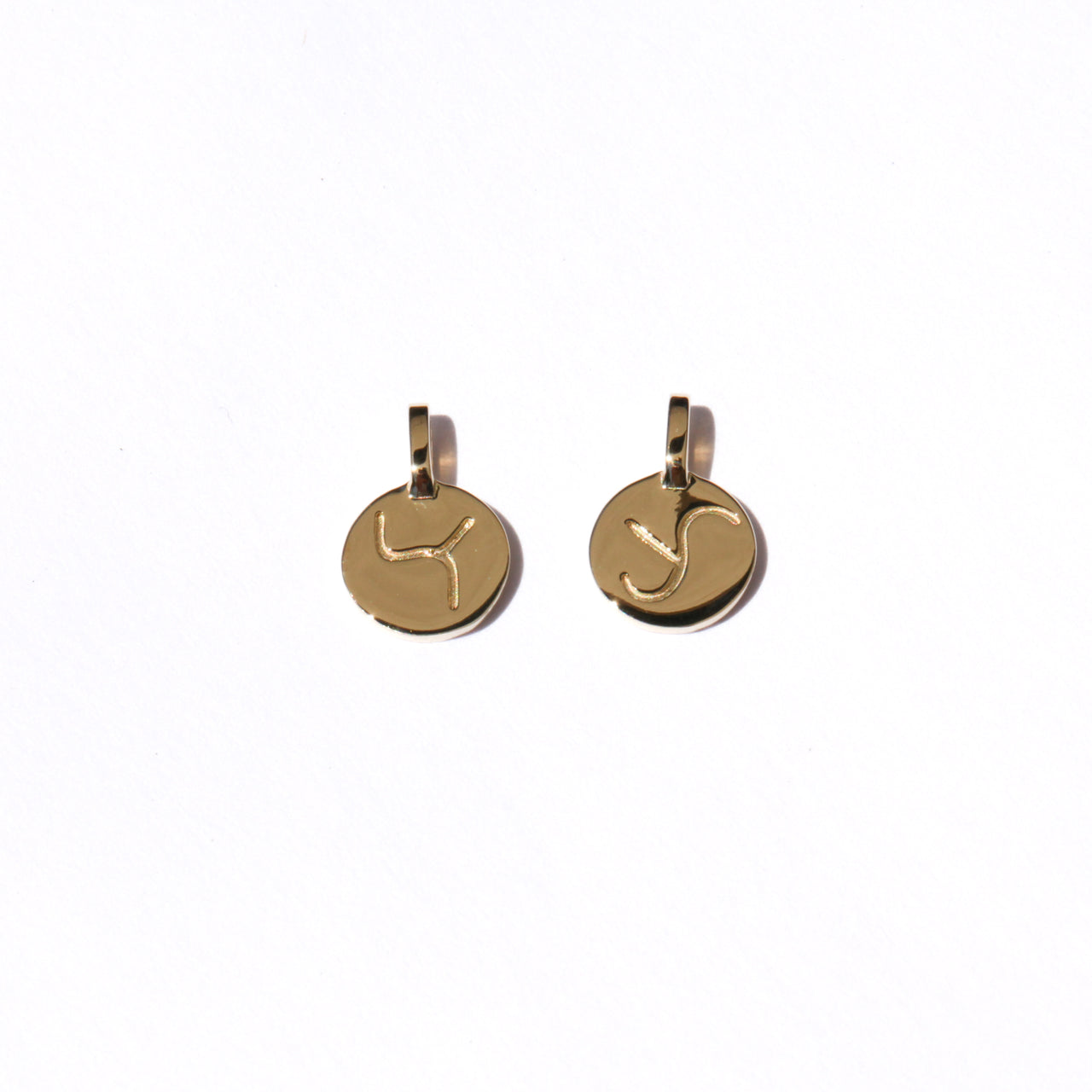Sigils: A Historical Journey through Symbolic Representation
Sigils have a rich history that spans numerous cultures and eras. The following comprehensive timeline takes us on a journey through the varied traditions and cultural practices that have utilized sigils. These historical periods and corresponding sigil use provide a fascinating look at the evolution of these magical symbols.
3000 - 2000 BCE: Sigils in Ancient Mesopotamia: Symbols of Protection and Power
Among the earliest known uses of sigils were the ancient civilizations of Mesopotamia, dating back to around the 3rd millennium BCE1. This includes the Sumerian, Akkadian, Babylonian, and Assyrian cultures, where sigils were often inscribed on amulets and talismans for protection and good fortune2. The Queen of the Night relief, a prominent example of early sigil use, serves as evidence of these practices3.

The Queen of the Night Relief, Babylonian era from Southern Mesopotamis (modern-day Iraq), roughly 1800 BCE
2686 - 2181 BCE: Sigils in Ancient Egypt: Hieroglyphs and Divine Energies
The ancient Egyptians also made extensive use of sigils, with practices rooted as early as the Old Kingdom period (c. 2686–2181 BCE)4. Hieroglyphic symbols, potent with magical significance, were often used as sigils in spells and rituals, connecting their religious beliefs, magic, and symbolism5.

Hieroglyphs from the tomb of Seti I, roughly 1290 BCE
200 BCE - 500 CE: Sigils in Ancient Greece & Rome: Papyri and Palindromes
The Hellenistic and Roman periods, from the 2nd century BCE to the 5th century CE, saw the incorporation of sigils into magical practices6. The Greek Magical Papyri or PGM, an anthology of texts from this period, showcases various sigils used in rituals and spells7.
In ancient Rome, the Sator Square, a palindromic formation believed to possess protective and magical properties, was frequently used as a sigil8. It is one of the oldest and most famous examples of a magic square sigil.

Sator Square, roughly 200 CE
400 CE Onwards: Sigils in Islamic Esotericism: Ilm al-Huroof and the Science of Letters
Sigils found a place in Islamic esoteric practices from the medieval period and continued through subsequent centuries. The practice, known as Ilm al-Huroof, or the "Science of Letters," involved the esoteric interpretation and application of Arabic letters as sigils or talismans9.
400 - 1600 CE: Sigils in Medieval & Renaissance Occultism: Grimoires and Supernatural Entities
From the Middle Ages to the Renaissance (5th to 17th centuries CE), sigils took center stage in occult practices10. Occultists, influenced by various mystical traditions, used sigils to communicate with supernatural entities like angels, demons, and planetary forces11.
During the late Middle Ages and Renaissance, the Key of Solomon, among other grimoires, contributed to the flowering of occult philosophy and practice, marking the era as a period of occult 'science' where magic, astrology, alchemy, and related disciplines were often studied together12.

The Clavicle of Solomon, revealed by Ptolomy the Grecian, 1572
1300-1600 CE: Sigils in Hermeticism: The Principles of Symbolism and Correspondence
Hermeticism, a spiritual and philosophical tradition rooted in ancient Greece and Egypt, also employed sigils as part of its practices13. Reflecting Hermetic principles of symbolism and correspondence, sigils served as tools for spiritual practitioners to connect with higher realms and divine energies14.
1300s - 1600s CE: Sigils in Theosophy: Interconnectedness and Metaphysical Principles
Theosophy, a 19th-century movement exploring the nature of reality and spirituality, also incorporated sigils in its symbolic systems15. Theosophical philosophy often employed sigils to express and work with metaphysical principles16.

The Metaphysics of Both the Greater and the Lesser Cosmos, 1617
1800s - 1900s CE: Sigils in Modern Occultism & Chaos Magick: Personalized Symbolism and Intent
In the 20th century, sigil magic experienced a resurgence through movements like chaos magic17. Chaos magicians developed personalized sigil creation techniques, emphasizing individual beliefs, intent, and the use of personal symbolism18. The artist and occultist Austin Osman Spare pioneered this personalized approach to sigil magic in the early 20th century19.
1900s - Current Day: Sigils in Wicca & Modern Witchcraft: Embracing the Old and Inventing the New
Gerald Gardner, often considered the founder of modern Wicca, introduced sigil techniques in the mid-20th century20. Today, their use has expanded within the broader contemporary occult and magical community21.

Our Sigil Signets and Sigil Bands, 2023
Conclusion: The Rich and Varied History of Sigils
Sigils have a rich and varied history, demonstrating their enduring presence in magical and mystical practices across different cultures and time periods. Today, sigil magic continues to be practiced and adapted by individuals with diverse spiritual and magical backgrounds, who incorporate personal intentions and symbolism into their sigil work.
Footnotes
- Sumerian Magic: Its Origins and Development. By John Zerzan, 2002
- Mesopotamian Magic: A Comprehensive Course in Sumerian & Babylonian Mardukite Systems of Ancient Magick & Religion. By Joshua Free, 2011
- Queen of the Night, the British Museum
- Magic in Ancient Egypt: Hieroglyphics and More. By Geraldine Pinch, 2006
- The Oxford Handbook of Egyptian Epigraphy and Paleography. Edited by Vanessa Davies, Dimitri Laboury, 2020
- Magic in the Ancient Greek World. By Derek Collins, 2008
- The Greek Magical Papyri in Translation, Including the Demotic Spells: Texts. Edited by Hans Dieter Betz, 1992
- The Sator Square: A Palindromic Incantation. Journal of Roman Archaeology, 1992
- The Occult Tradition in the Arabic Literary Tradition. By Godefroid de Callatay, 2003
- Ritual Magic in the Church of Rome. By Robert Michael, 2009
- The Complete Magician's Tables. By Stephen Skinner, 2006
- Kieckhefer, R. (1989). Magic in the Middle Ages. Cambridge University Press.
- Hermetic Magic: The Postmodern Magical Papyrus of Abaris. Edited by Stephen Edred Flowers, 1995
- The Hermetic Tradition: Symbols and Teachings of the Royal Art. By Julius Evola, 1995
- The Secret Doctrine: The Synthesis of Science, Religion, and Philosophy. By H.P. Blavatsky, 1888
- Theosophy: An Introduction to the Supersensible Knowledge of the World and the Destination of Man. By Rudolf Steiner, 1904
- Liber Null & Psychonaut: An Introduction to Chaos Magic. By Peter J. Carroll, 1987
- The Book of Results. By Ray Sherwin, 1978
- The Book of Pleasure: The Psychology of Ecstasy. By Austin Osman Spare, 1913
- Witchcraft Today. By Gerald B. Gardner, 1954
- The Witch's Book of Shadows: The Craft, Lore & Magick of the Witch's Grimoire. By Phyllis Curo


